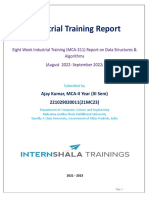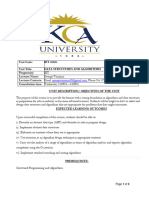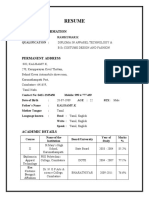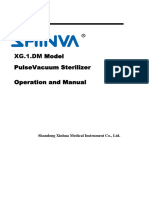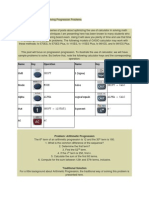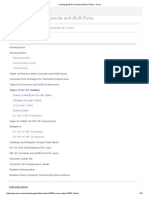0% found this document useful (0 votes)
49 views6 pagesData Structures Roadmap
The document outlines a comprehensive roadmap for learning data structures, divided into beginner, intermediate, and advanced stages. It covers foundational concepts, core data structures like arrays, linked lists, stacks, and queues, as well as non-linear structures such as trees, heaps, and graphs. The roadmap emphasizes theoretical understanding, practical implementation, recommended resources, and advanced topics to develop proficiency in data structures and algorithmic problem-solving.
Uploaded by
hulk9387Copyright
© © All Rights Reserved
We take content rights seriously. If you suspect this is your content, claim it here.
Available Formats
Download as PDF, TXT or read online on Scribd
0% found this document useful (0 votes)
49 views6 pagesData Structures Roadmap
The document outlines a comprehensive roadmap for learning data structures, divided into beginner, intermediate, and advanced stages. It covers foundational concepts, core data structures like arrays, linked lists, stacks, and queues, as well as non-linear structures such as trees, heaps, and graphs. The roadmap emphasizes theoretical understanding, practical implementation, recommended resources, and advanced topics to develop proficiency in data structures and algorithmic problem-solving.
Uploaded by
hulk9387Copyright
© © All Rights Reserved
We take content rights seriously. If you suspect this is your content, claim it here.
Available Formats
Download as PDF, TXT or read online on Scribd
/ 6













































